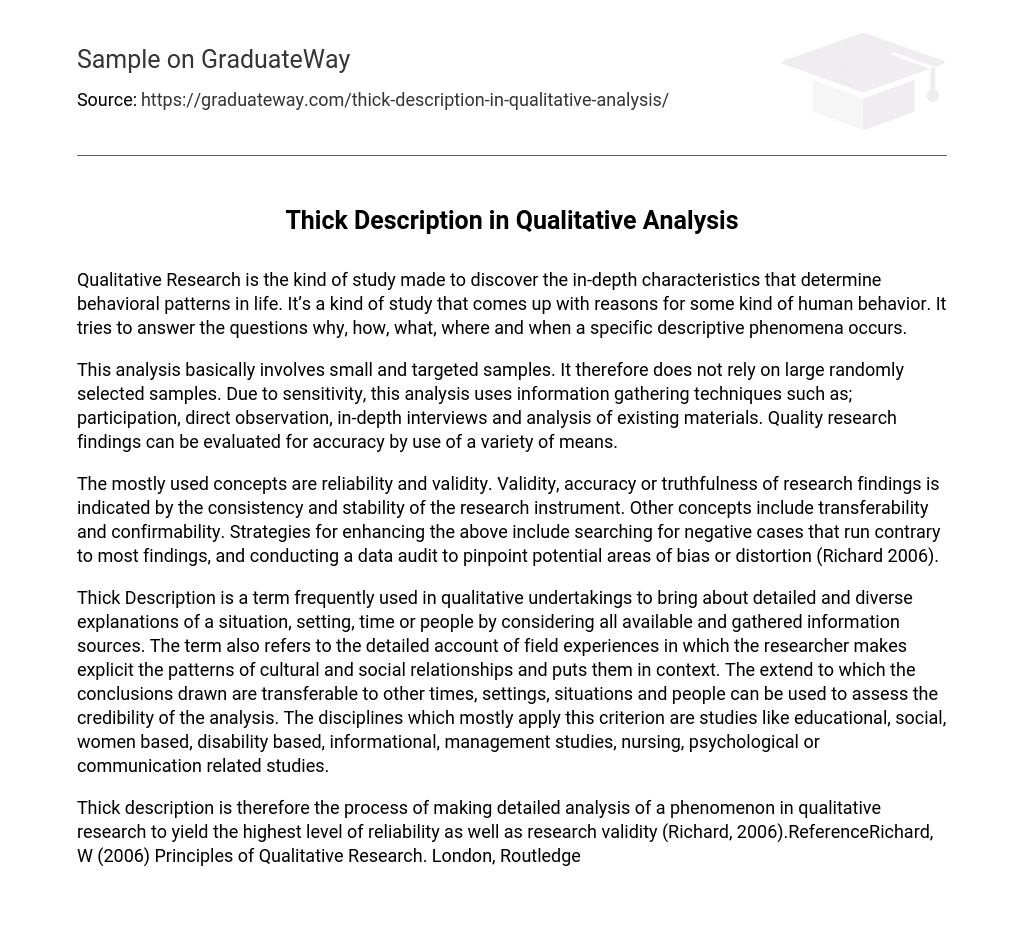Qualitative Research is the kind of study made to discover the in-depth characteristics that determine behavioral patterns in life. It’s a kind of study that comes up with reasons for some kind of human behavior. It tries to answer the questions why, how, what, where and when a specific descriptive phenomena occurs.
This analysis basically involves small and targeted samples. It therefore does not rely on large randomly selected samples. Due to sensitivity, this analysis uses information gathering techniques such as; participation, direct observation, in-depth interviews and analysis of existing materials. Quality research findings can be evaluated for accuracy by use of a variety of means.
The mostly used concepts are reliability and validity. Validity, accuracy or truthfulness of research findings is indicated by the consistency and stability of the research instrument. Other concepts include transferability and confirmability. Strategies for enhancing the above include searching for negative cases that run contrary to most findings, and conducting a data audit to pinpoint potential areas of bias or distortion (Richard 2006).
Thick Description is a term frequently used in qualitative undertakings to bring about detailed and diverse explanations of a situation, setting, time or people by considering all available and gathered information sources. The term also refers to the detailed account of field experiences in which the researcher makes explicit the patterns of cultural and social relationships and puts them in context. The extend to which the conclusions drawn are transferable to other times, settings, situations and people can be used to assess the credibility of the analysis. The disciplines which mostly apply this criterion are studies like educational, social, women based, disability based, informational, management studies, nursing, psychological or communication related studies.
Thick description is therefore the process of making detailed analysis of a phenomenon in qualitative research to yield the highest level of reliability as well as research validity (Richard, 2006).ReferenceRichard, W (2006) Principles of Qualitative Research. London, Routledge





